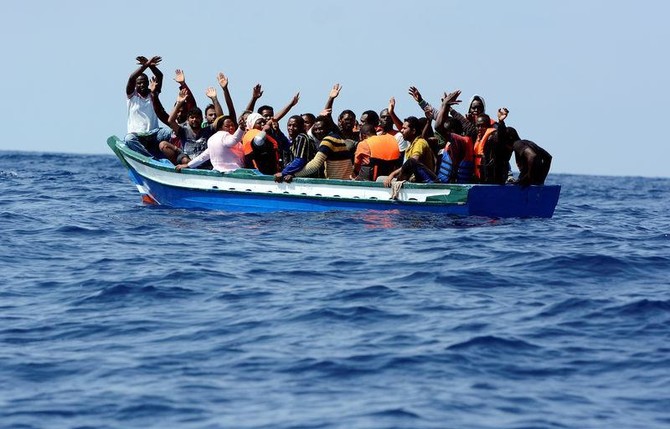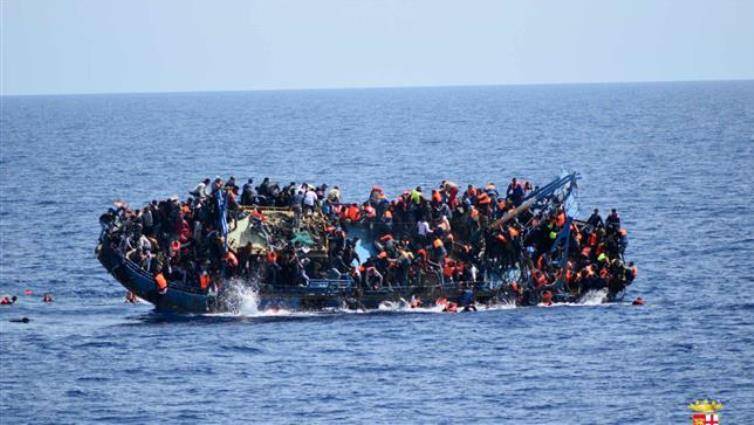

You're stranded on a lifeboat with limited supplies after a shipwreck. One of the passengers has a life-threatening condition that requires significant resources. Do you prioritize the greater good of the group, or do you consider the individual's right to life?
The scenario of being stranded on a lifeboat with limited supplies and a passenger having a life-threatening condition presents a complex ethical dilemma. In such a situation, it is crucial to consider both the greater good of the group and the individual's right to life. Let's explore this dilemma in detail, considering various ethical perspectives and real-life examples.
1. Utilitarian Perspective:
From a utilitarian perspective, the action that maximizes overall happiness or minimizes overall suffering is considered morally right. In this case, prioritizing the greater good of the group might be seen as the ethical choice. By allocating resources to save the majority, the overall well-being of the group is maximized.
Example: The famous "lifeboat case" discussed by philosopher Peter Singer. He argues that if there are limited resources on a lifeboat and saving one person would mean sacrificing the lives of many others, it is morally justifiable to prioritize the greater good. This perspective emphasizes the importance of maximizing overall well-being.

2. Rights-Based Perspective:
A rights-based perspective, influenced by the work of philosophers like Immanuel Kant, emphasizes the inherent value and dignity of every individual. According to this perspective, each person has a fundamental right to life, and it should not be sacrificed for the benefit of others.
Example: In the medical field, the principle of respect for autonomy is a key aspect of rights-based ethics. It recognizes that individuals have the right to make decisions about their own health and well-being. In the case of the life-threatening condition, respecting the individual's right to life would involve providing necessary resources to save their life, even if it means sacrificing the well-being of the group.
3. Virtue Ethics Perspective:
Virtue ethics focuses on developing good character traits and moral virtues. In this scenario, a virtuous person would consider both the greater good and the individual's right to life, aiming to find a balanced solution that promotes the well-being of everyone involved.
Example: The story of the sinking of the Titanic provides an example of the virtue ethics perspective. The ship's captain, Edward Smith, demonstrated virtues such as bravery and responsibility by prioritizing the lives of passengers over his own. He remained on the sinking ship until the end, ensuring the safety of as many people as possible.
It is important to note that ethical dilemmas like this do not always have clear-cut answers. Different ethical perspectives can lead to different conclusions, and the decision may also depend on the specific details of the situation. Ultimately, the best approach is to carefully consider all relevant factors and strive for a morally justifiable solution that takes into account both the greater good and the individual's right to life.
Related Posts
© 2025 Invastor. All Rights Reserved

User Comments